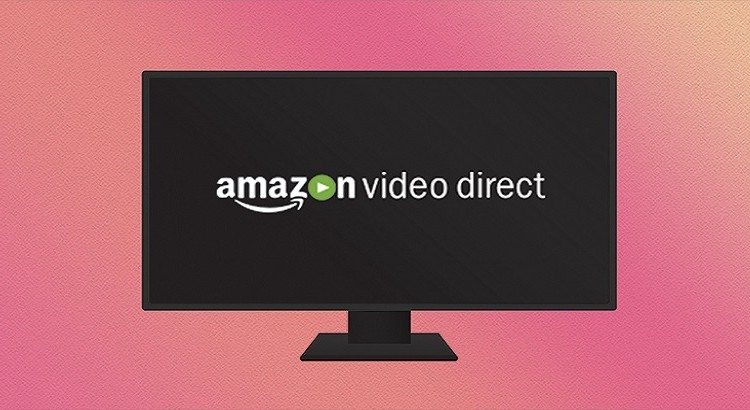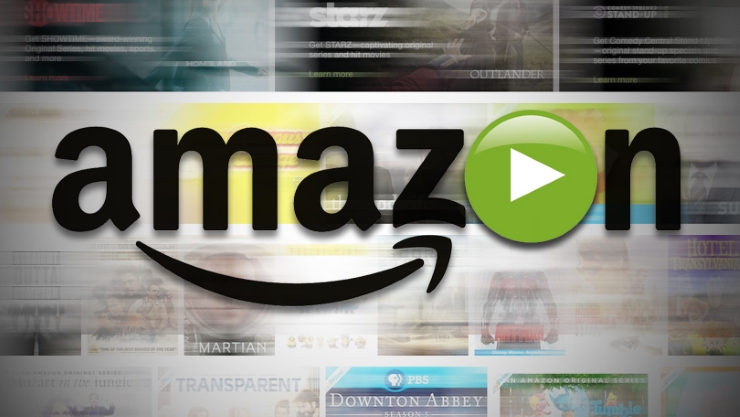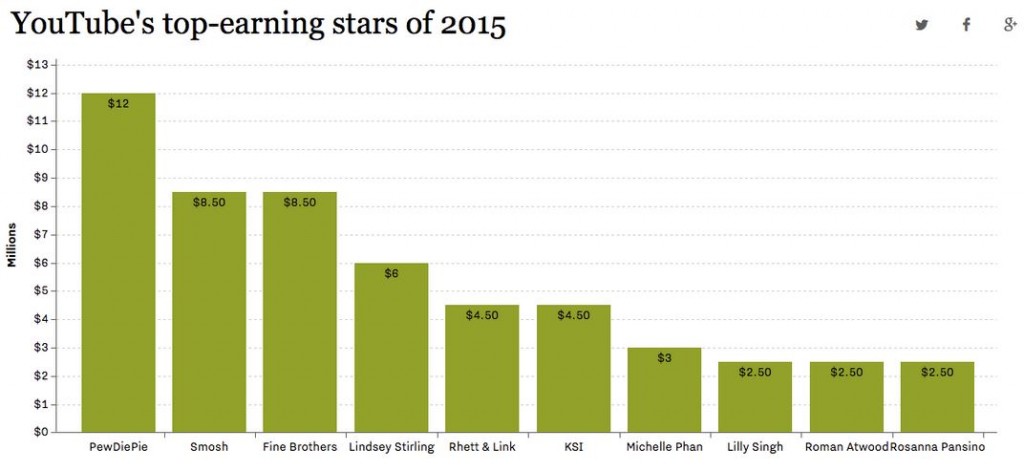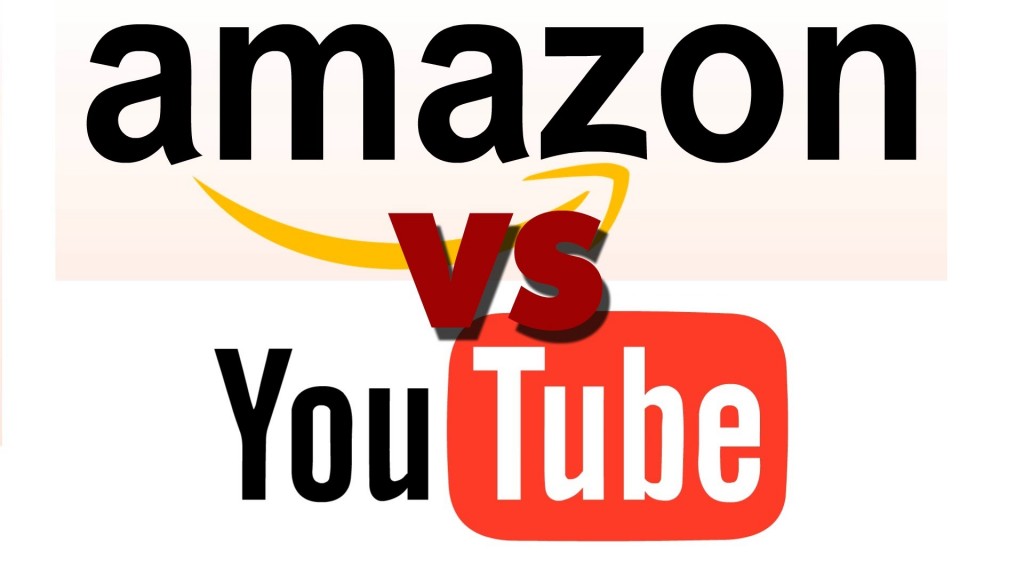Founded on 5 July 1994 by Jeff Bezos, Amazon is the world ‘s largest eCommerce and cloud computing company. Throughout the years, Amazon has spanned several countries and penetrated a multitude of domains that symbolized its existence and helped the company dominate in key functional areas such as online shopping, web hosting, content delivery, etc.
Jeff, however, has always known for revolutionizing the company that it would be easier the lives of people connected with amazon services.
Since the world is getting closer digitally and every second, a few consumers are entering the network, the video market in the global marketing graphs has risen dramatically, and many business pundits are keeping their stakes to bet on the growing demand for video content in the future.
If we talk about video marketing, too, then it still is going to be the king.
Recently, Amazon launched Amazon Video Direct (AVD), and speculations are going that it was introduced to compete with video content platform, YouTube. Oh, and also Netflix, HBO, Hulu etc.
On some level it may be incorrect as it seems Jeff is trying to introduce transparency and is an ongoing fight with Netflix that has a large market share of VOD (video on demand).
Of example, Amazon Prime subscribers already have a video library at their disposal; AVD seeks to grant content creators royalties and sets the amount on distribution and viewing.
The buzz has been created, and it will definitely gain the attention of various content creators who look to have a solid platform to earn money while creating content that can appeal to masses and can carry certain messages.
A Brief History of Video Content
When Chad Hurley, Steve Chen, and Jawed Karim created YouTube on February 14, 2005, they probably hadn’t even anticipated the milestones that their portal would be making year after year. It’s 2020 and YouTube continues to be considered the number 1 video platform, serving the needs of billions of users who consume countless video data. If we dig deeper and go a wee-bit off-track; then, telecom companies have also increased their revenue by selling internet plans.
YouTube has turned a lot of people into millionaires. For example, PewDiePie has earned $12 million through video blogging on his YouTube channel of 40 million subscribers.
More than 500 hours of videos per minute are being uploaded to YouTube, an estimate suggests. This makes sense as media outlets and movie / TV studios enter the bandwagon to promote their movies and tag their trailer release as an official YouTube launch.
TV had its days when the official trailers/teasers were launched during a commercial of a successful soap opera or in the interval of films. Nonetheless, more than one-third of internet users have an account on YouTube.
The reason to mention YouTube is not to write about the amazing facts, but to paint the picture about the importance of video content in the present times.
How AVD Will Work, and Why Netflix and HBO need to do some nail-biting-
AVD has YouTube-like elements, yet it’s kind of a revolution in the video streaming industry because Amazon has worked against all the odds and successfully delivered what was promised at the early stages of the products’ launch.
At the moment, AVD has given four options to content creators to earn their royalties and pick one that suits their business model in the best way;
- Forty-five percent cut on feature ads on the videos that are free to anyone.
- Fifty percent of the money will go to Amazon in the case of digital purchase or rental.
- Through the Streaming Partners Program, videos can be made available to people who pay a special add-on subscription.
- Content creators can earn 15 percent of per hour streamed if the content is made available to Prime subscribers.
All of the options mentioned above compete with YouTube, yet they aren’t enough to wobble the base of YouTube. Over the years, Google has worked hard to create a strong authority in video streaming.
Facebook has also joined the league by offering FB videos, but they are yet to create a buzz for content creators to launch their TV shows or stream episodes on their video platform.
Some of the AVD options for profit sharing are good for small media companies, but when it comes to big brands, they will probably remain away depending upon the profit they are earning by being on other channels.
Today, by producing ad-free content works even the possibility of making a career or earning a daily load of bread. There is a lot behind it though. You’ve got to go through lots of meetings with Netflix or HBO or Showtime network
When the AVD is successful and content producers realize the value of unparalleled opportunities available through Amazon’s video streaming site, viewers may be able to see fresh content and creative concepts digitally manifesting as there’s a ton of content that doesn’t get studio support. Yet hoping the situation would improve.
Besides the US, AVD is also available in Germany, Austria, the United Kingdom, and Japan.




